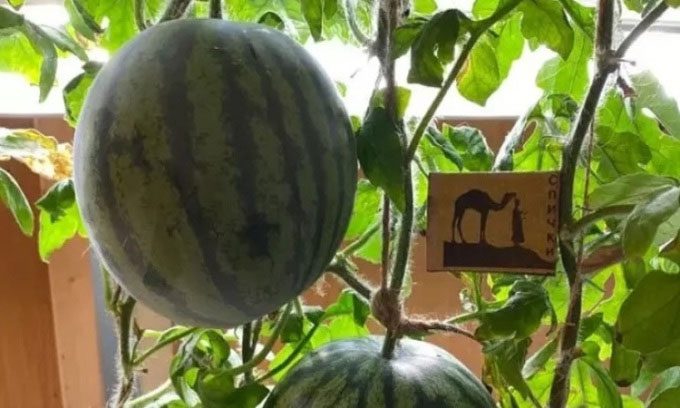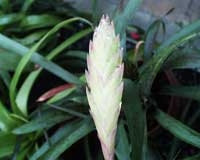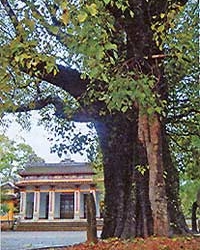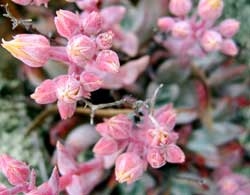Scientists Harvest First Watermelons at Research Station in the Coldest Part of Antarctica with Temperatures Dropping to -89.2 Degrees Celsius.
A group of Russian scientists has successfully grown watermelons on the icy continent of Antarctica. This agricultural achievement is part of an experiment at the Vostok Station, a year-round Russian research facility located in the coldest place on Earth, which has recorded temperatures as low as -89.2 degrees Celsius, Live Science reported on July 31.

Watermelon grown at Vostok Station. (Photo: AARI).
Watermelons have been found in what is now Sudan for over 4,300 years and appear in many ancient artworks from the region, including a tomb in Egypt at Saqqara. In other words, watermelons evolved in conditions vastly different from the frigid environment of Antarctica.
To make the greenhouse at Vostok Station suitable for watermelons, the research team from the Russian Antarctic Expedition and the Arctic and Antarctic Research Institute (AARI), along with colleagues from the Institute of Agricultural Physics and the Institute of Biomedical Problems of the Russian Academy of Sciences, created an oasis where they could raise the air temperature and humidity to levels conducive to growing watermelons.
The researchers chose two early-ripening watermelon varieties not only for their delicious taste but also for their ability to adapt to low atmospheric pressure and the lack of oxygen inside the greenhouse. They planted the seeds in a thin layer of soil and used special lamps to simulate sunlight. Since there were no insects to pollinate the plants, the researchers manually pollinated the flowers, according to an announcement from AARI. Exactly 103 days after sowing, the team welcomed 8 ripe, sweet watermelons from 6 different plants. Each watermelon weighed 1 kg with a diameter of 13 cm.
This experiment not only proves that watermelons can grow in the coldest place on the planet under suitable conditions but also provides additional food for scientists working in the harsh environment of Antarctica. “Naturally, every polar explorer fondly remembers the taste of summer. Even observing the seeds germinate, grow, and bear fruit evokes positive emotions,” shared Andrei Teplyakov, a geophysicist at AARI.
This is not the first time Vostok Station has cultivated plants. In 2020, researchers successfully grew various plants, including dill, basil, parsley, and cabbage. In 2021, a group of South Korean scientists grew watermelons at King Sejong Station in West Antarctica, where the lowest temperature recorded was -25.6 degrees Celsius. Next, scientists plan to grow more fruits, including raspberries, blueberries, and strawberries.





















































